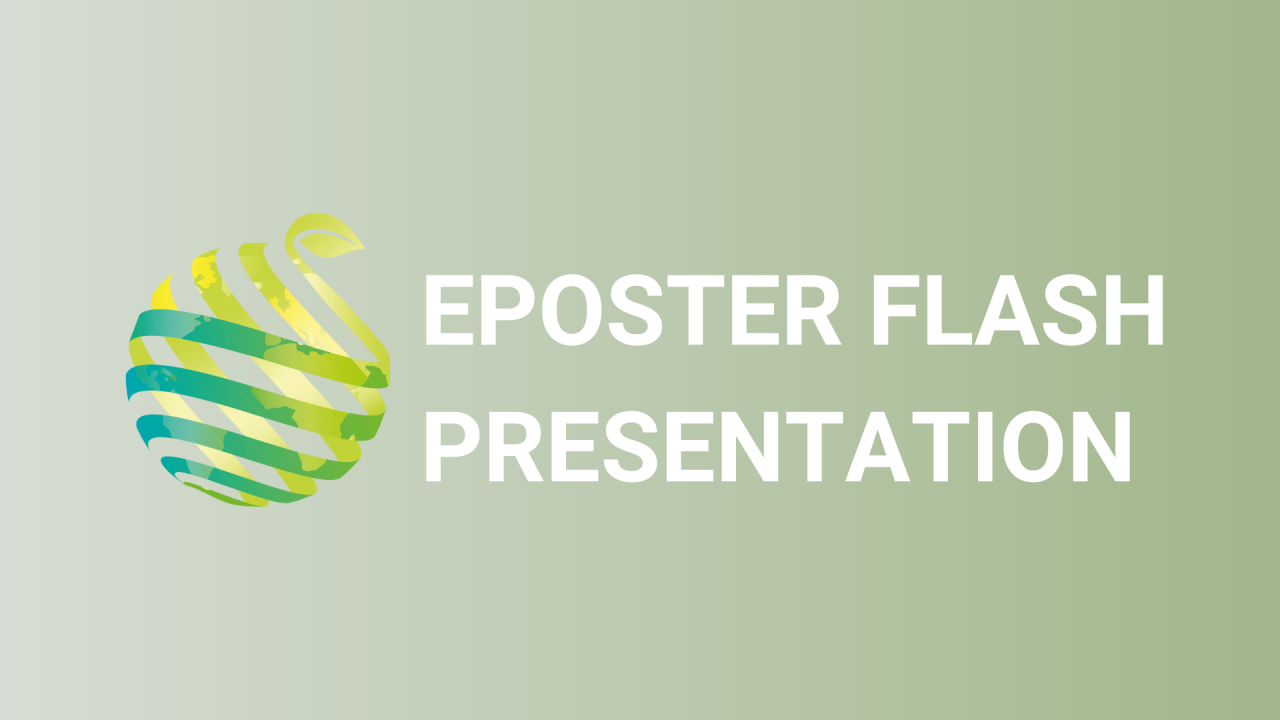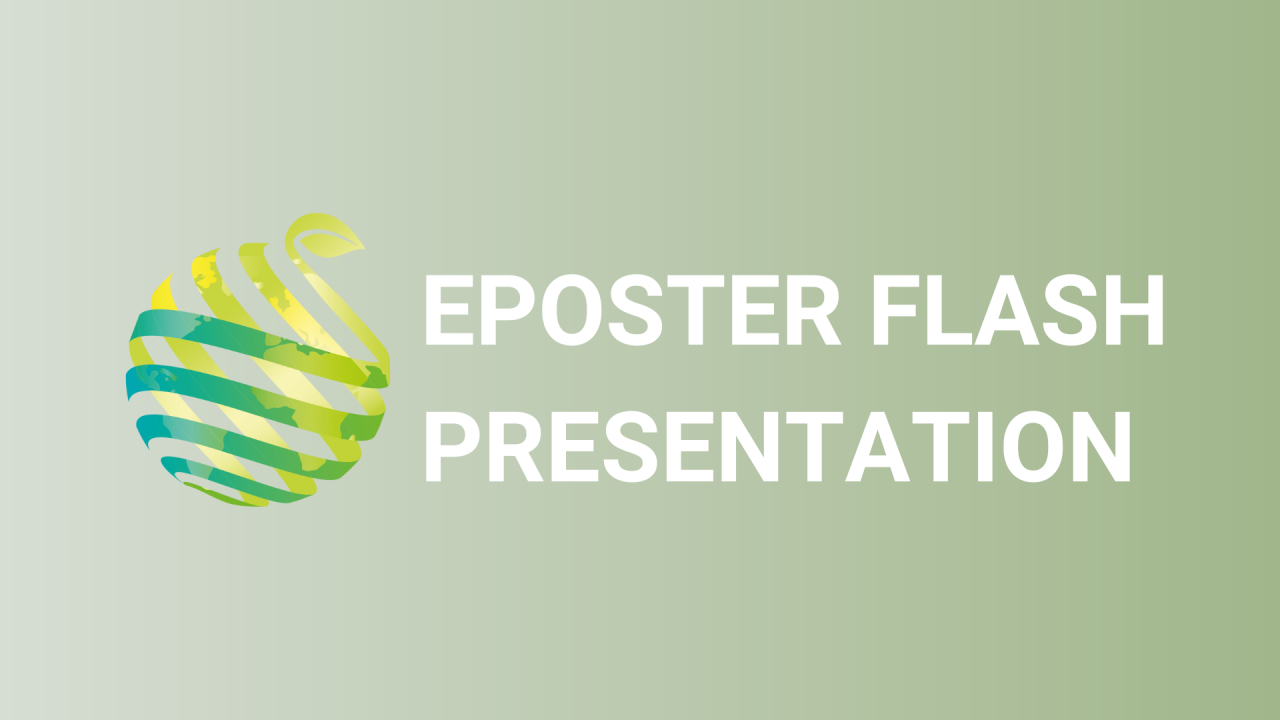

S08 - Session P8 - Effects of air temperature and light environment on rooting of nasturtium (Tropaeolum majus L.) cuttings
Information
Authors: Wenshuo Xu, Na Lu *, Xiaowei Ren, Yunfei Zhuang, Michiko Takagaki
Nasturtium is a popular garden plant, and its leaves and flowers are rich in health-beneficial ingredients. It has great commercial prospects and the demand for nasturtium leaves and flowers increase rapidly. However, the propagation of nasturtium by seed or tissue-culture methods is inefficient, complicated, and costly. In our previous research, we found that the cutting propagation method is an effective method for the mass production of nasturtium in plant factories. However, the optimal air temperature (AT) and light conditions for rooting of nasturtium cuttings remain unclear. In this study, four ATs (15, 20, 25, and 30 ℃) were applied on nasturtium cuttings. The cuttings under AT of 20 ℃ were rooted earliest and had the highest values in root fresh weight (FW), root dry weight (DW), net shoot FW, root length, and root number. Furthermore, the effects of four light spectra (Red, R: B = 1:2, R: B = 1:4, and Blue) with two light intensities (PPFD: 100 and 200 µmol m -2 s -1 ) respectively, on the rooting of nasturtium cuttings were investigated. The cuttings under 200 µmol m -2 s -1 were rooted earlier and had higher root FW, root DW, and net shoot FW than those under 100 µmol m -2 s -1 , regardless of light spectra. Under 100 µmol m -2 s -1 , no significant difference was found among light spectra in root FW and root DW respectively. Under 200 µmol m -2 s -1 , cuttings grown under R: B = 1:2 had the highest value in root FW, significantly higher than that under single red light. But no significant difference was found among light spectra in root DW. We conclude that AT of 20 ℃ and light intensity of 200 µmol m -2 s -1 promoted early rooting, high root weight, and net shoot weight in the present study.